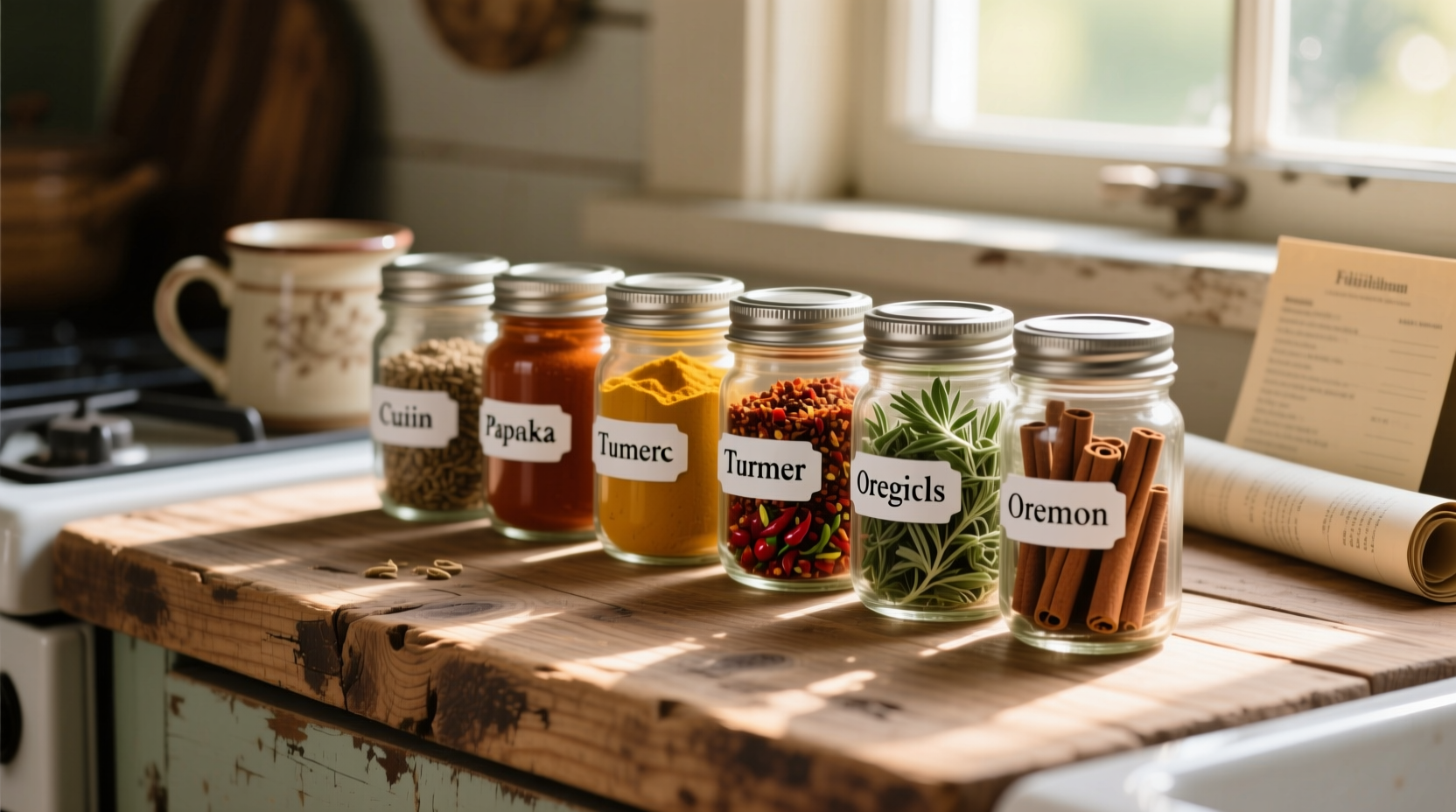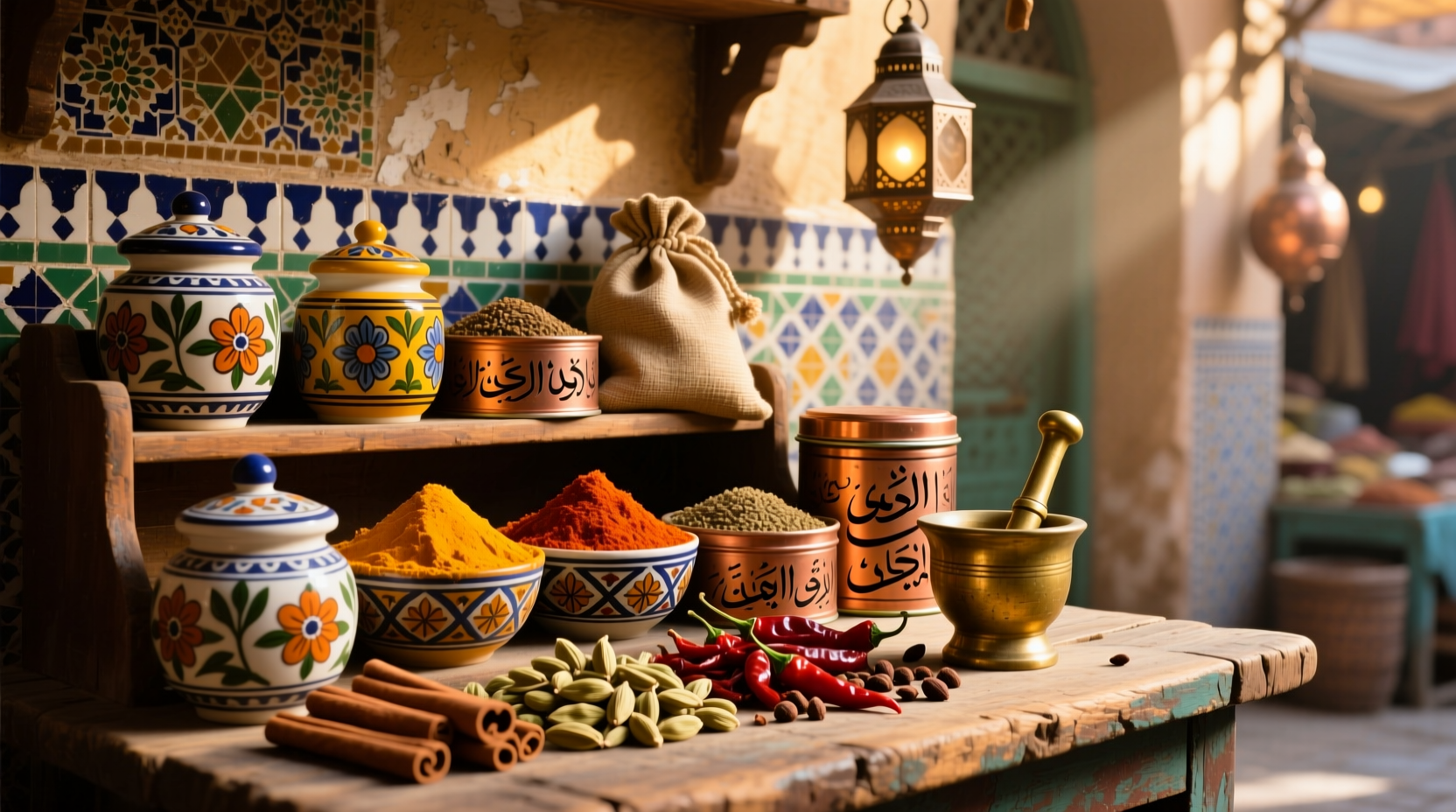Building your perfect spice collection doesn't require dozens of jars gathering dust in your cabinet. As a professional chef who's worked with spices from Michelin-starred kitchens to street food stalls worldwide, I've discovered that a thoughtfully selected set of just 12-15 spices can transform your everyday cooking. The key isn't how many spices you own, but understanding which ones deliver maximum versatility and flavor impact for your specific cooking habits.
Your Essential Spice Foundation
Before expanding into specialty blends, establish these eight foundational spices that work across nearly all cuisines. These "kitchen workhorses" form the backbone of 80% of global recipes and deserve priority in any starter set:
- Black pepper - Freshly ground makes all the difference
- Garlic powder - More consistent than fresh in dry rubs
- Onion powder - Adds depth without texture issues
- Paprika - Sweet, smoked, and hot varieties serve different purposes
- Cumin - Earthy backbone for Mexican, Indian, and Middle Eastern dishes
- Cinnamon - Both sweet and savory applications
- Red pepper flakes - Adjustable heat for finishing dishes
- Dried oregano - Essential for Mediterranean and Mexican cooking
According to culinary research from the Culinary Institute of America, these eight spices appear in over 75% of professionally developed recipes across major culinary traditions. When stored properly (more on that later), they maintain potency for 1-2 years, making them worthwhile investments even for occasional cooks.

Strategic Expansion: Building Your Collection
Once you've mastered the basics, expand your set based on your cooking preferences. Rather than buying random spices, follow this proven approach:
| Cooking Focus | Essential Additions | Specialty Boosters |
|---|---|---|
| Mediterranean | Thyme, rosemary, sumac | Za'atar, preserved lemon powder |
| Asian | Ginger, five-spice, turmeric | Star anise, Szechuan peppercorns |
| Mexican/Latin | Chipotle, Mexican oregano, achiote | Epazote, recado rojo blend |
| Indian | Coriander, cardamom, mustard seed | Asafoetida, garam masala |
This strategic approach prevents the common mistake of accumulating spices you rarely use. A 2024 survey by the International Association of Culinary Professionals found home cooks typically use only 30% of their spice collection regularly. By expanding deliberately based on actual cooking habits, you'll maximize usage and minimize waste.
Whole vs. Ground: The Freshness Factor
The form you choose significantly impacts flavor. Understanding when to use whole versus ground spices separates amateur cooks from professionals:
| Spice Type | Whole Form Shelf Life | Ground Form Shelf Life | Best Grinding Method |
|---|---|---|---|
| Peppercorns | 3-4 years | 6-12 months | Manual pepper mill |
| Cumin seeds | 2-3 years | 6-8 months | Spice grinder or mortar/pestle |
| Coriander | 2 years | 6 months | Spice grinder |
| Cloves | 2-3 years | 6-12 months | Mortar and pestle |
Data from USDA food safety guidelines confirms that whole spices retain their volatile oils and flavor compounds significantly longer than pre-ground versions. The moment spices are ground, oxidation begins degrading flavor quality. For maximum impact, invest in a basic spice grinder and process whole spices just before use - especially for cumin, coriander, and cardamom which transform dramatically when freshly ground.
Storage Secrets for Maximum Potency
How you store spices matters as much as which ones you choose. Follow these evidence-based storage practices:
- Avoid clear containers - Light degrades spice quality. Use opaque containers or store in dark cabinets
- Maintain consistent temperature - Fluctuations accelerate flavor loss (don't store above the stove)
- Keep away from moisture - Steam from cooking damages spices (never store near dishwasher)
- Label with purchase dates - Most ground spices lose potency after 6-12 months
Research from the Journal of Food Science shows that properly stored spices retain 85-90% of their flavor compounds for up to 18 months, while improperly stored spices can lose 50% of their potency in just 6 months. The sniff test remains the most reliable freshness indicator - if you can't clearly identify the aroma, it's time to replace.
Practical Usage Techniques
Professional chefs maximize spice impact through specific techniques that home cooks often overlook:
- Dry toast whole spices in a skillet before grinding - enhances complex flavors
- Bloom ground spices in oil before adding liquids to release fat-soluble compounds
- Add delicate spices late in cooking (like dried basil) to preserve volatile oils
- Layer spices - Add some early for depth, some late for brightness
These methods aren't just chef tricks - they're based on food science. When you bloom spices in oil, you're activating compounds that water alone can't release. A study published in the Journal of Agricultural and Food Chemistry confirmed that heating spices in oil increases the extraction of flavor compounds by up to 40% compared to adding them directly to liquids.
Avoiding Common Mistakes
Even experienced home cooks make these critical errors with their spice sets:
- Using expired spices - Check dates and replace annually for best results
- Overcrowding spice racks - Limits visibility and access to frequently used items
- Storing near heat sources - Accelerates flavor degradation
- Using the same spoon for multiple spices - Causes cross-contamination
Remember that spices are essentially dried plants - they're perishable ingredients, not shelf-stable commodities. Treat them with the same care as fresh herbs, and your cooking will show immediate improvement.
Creating Your Personalized Collection
Don't feel pressured to collect every spice under the sun. Instead, build your set around your actual cooking habits:
- Track which spices you actually use for 30 days
- Identify 3-5 cuisines you cook most often
- Purchase only spices relevant to those cuisines
- Add new spices only when trying specific recipes that require them
This targeted approach ensures you'll use 90% of your collection regularly, rather than the industry average of 30% for typical home cooks. Quality over quantity always wins when building a functional spice set that enhances your everyday cooking.











 浙公网安备
33010002000092号
浙公网安备
33010002000092号 浙B2-20120091-4
浙B2-20120091-4